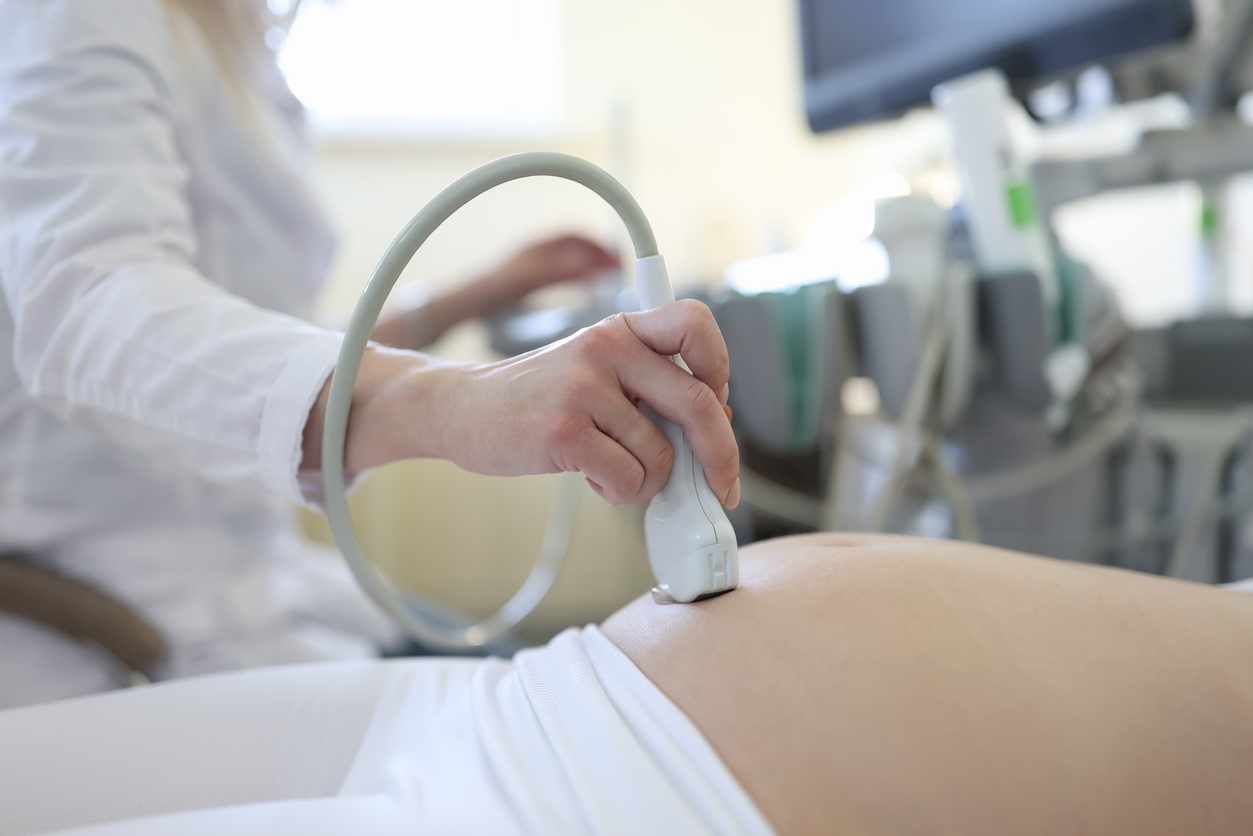 Maternal stress and depression amid the COVID-19 pandemic can alter the structure, texture, and other characteristics of the placenta during pregnancy, although the long-term neurodevelopmental impact on children is unknown, according to an ongoing observational study published yesterday in Scientific Reports.
Maternal stress and depression amid the COVID-19 pandemic can alter the structure, texture, and other characteristics of the placenta during pregnancy, although the long-term neurodevelopmental impact on children is unknown, according to an ongoing observational study published yesterday in Scientific Reports.
Researchers from MedStar Washington Hospital Center and Children's National Hospital in Washington, DC, used magnetic resonance imaging (MRI) to compare the placentas of 63 pregnant women without known COVID-19 exposure during the pandemic with 165 control patients who were pregnant before the pandemic.
The women, who were at 17 to 39 weeks' gestation, also completed symptom questionnaires. The study was conducted from June 2020 to April 2021.
"During the pandemic, mothers were exposed to a litany of negative stressors including social distancing, fear of dying, financial insecurity and more," senior author Catherine Limperopoulos, PhD, said in a Children's National news release.
The placenta provides oxygen, nutrition, and immune protection to the fetus. Placental changes could compromise its ability to nourish and support healthy fetal growth and development and may negatively affect children's behavior, sleep, and temperament, the researchers said.
Risk of developmental delays
Women who were pregnant during the pandemic scored significantly higher on the questionnaires measuring stress, depression, and anxiety. The pandemic group had placentas with altered texture and greater volume and thickness—but less elongation. Some changes were tied to differences in birth weight.
The authors said that maternal stress and the resulting placental changes may increase a baby's risk for delayed cognitive, language, and motor development. Previous studies have found a link between larger placental size and childhood mental illness and maternal anemia, high blood pressure, and diabetes, they added.
When identified early, maternal stress is a modifiable risk factor that can be treated with psychotherapy, social support and other ... interventions.
"When identified early, maternal stress is a modifiable risk factor that can be treated with psychotherapy, social support and other personalized, evidence-based interventions," Limperopoulos said. "We look forward to continued research in this area to better understand the mechanisms behind these biological changes and the needs of mothers and children who are born during pandemics, natural disasters and other significantly stressful events."
 A
A 









